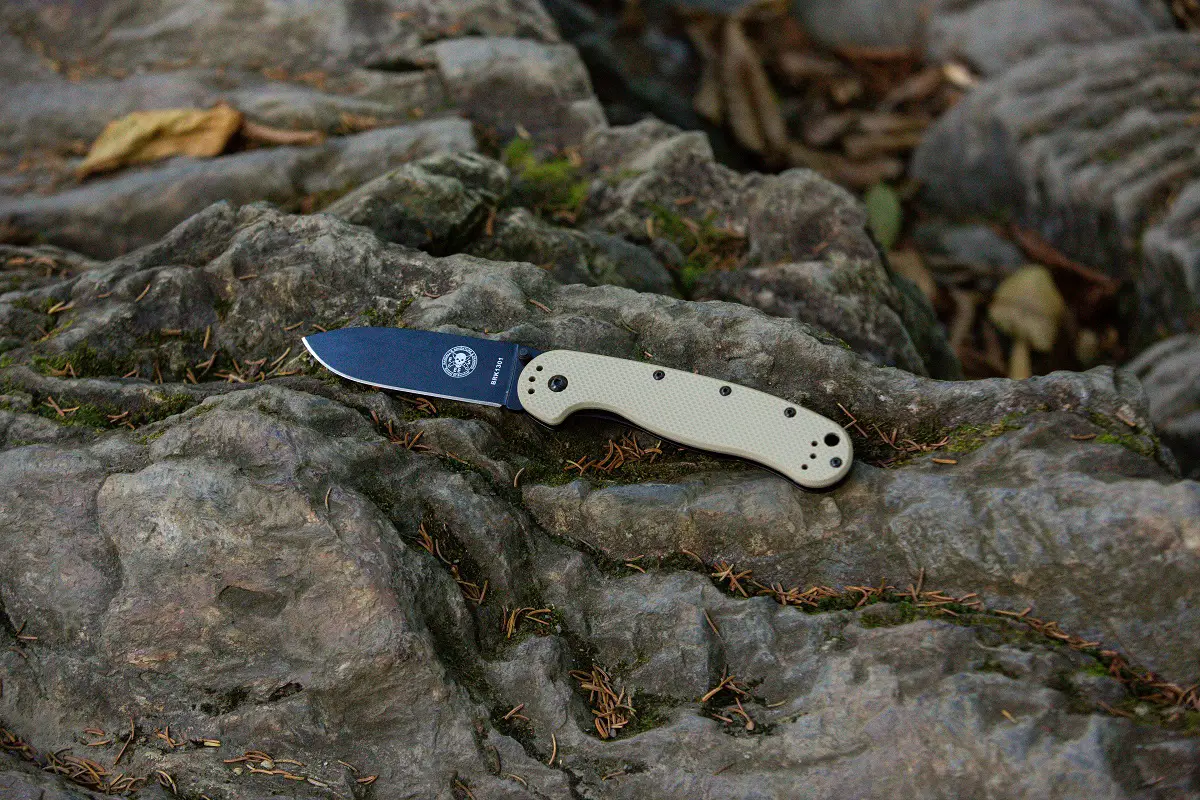
The Savvy Traveler’s Guide to Carrying a Pocket Knife
Travel is an adventure, and in the spirit of the great travelers of old, a trusty pocket knife has always been a part of the essential kit. But in today’s world, where airport security is tight and the term “everyday carry” is peppered with terms like “TSA compliant,” the matter of pocket knives — especially when traveling can be a contentious one.
Is it still relevant to carry a knife on your trips? How do you ensure you’re within legal boundaries? What are the obvious and not-so-obvious uses of a pocket knife while traveling?
This article serves as a practical guide for the savvy traveler on carrying a pocket knife.
Contents
Know the Laws

Before traveling with a pocket knife, it’s crucial to do research on the laws and regulations regarding knife carry in your destination. Laws can vary significantly between countries, states, and even cities. What may be legal to carry in one place could be illegal in another.
Specifically, you should look up specific restrictions on blade length, locking mechanisms, and concealed carry.
TSA and international air travel
For U.S. travelers, the TSA rules are clear — pocket knives must be checked in your luggage, not carried onto the plane. However, international regulations vary greatly, and it’s not safe to assume that what’s allowed in one country will be permissible in another.
A good rule of thumb is that blades should never be more than 2.5 inches in public and preferably not spring-loaded or automized. Be vigilant and adaptable when it comes to transportation security.
Regional laws and customs
Checking the local regulations upon arrival is a smart move. Some regions may prove more pragmatic than others, where a casual “Sorry, I forgot it was in there” might be met with a roll of the eyes, rather than a day spent explaining the incident in a foreign language to local enforcement. In some countries like Hong Kong, carrying a pocket knife is met with a “lock it up” policy.
Uses of a Pocket Knife in Traveling
A pocket knife is a multipurpose tool that can come in handy in numerous situations.
Here are several reasons to have a pocket knife on hand during your travels:

- Food preparation: When enjoying a picnic or preparing a meal while camping, a pocket knife can be used to slice fruits and vegetables, cheese, or bread. It’s especially handy when you don’t have access to kitchen utensils.
- Outdoor activities: If you’re hiking, camping, or engaging in other outdoor adventures, a pocket knife can assist in cutting rope, trimming branches, and even preparing kindling for a fire.
- Emergencies: A pocket knife is useful in unforeseen situations, from fixing a malfunctioning zipper to opening containers, cutting tangled ropes, and cutting seatbelts when you experience a car breakdown.
- Compact companion: The pocket knife serves as a knife, screwdriver, bottle opener, and more, in a single pocketable form. When you’re short on space in your suitcase, having a tool that compresses a whole toolkit into the dimensions of your palm is invaluable.
The multi-faceted nature of this tool makes it highly versatile, and as such, it should be weighed in the balance of any traveler’s “to pack or not to pack” debate.
Choosing the Right Pocket Knife for Traveling
Not all pocket knives are created equal, and the perfect travel companion must be chosen carefully. Here are some factors to consider when selecting the right blade for your escapades.
Blade type and size
Opt for a simple, non-threatening blade that is easy to both store and use. A non-serrated, drop or clip point blade is versatile and suitable for most tasks. The ideal size should be middle-of-the-road — anything too long and you’ll have unnecessary trouble, anything too short might not be practical for all your needs.
Handle material and durability
The handle should be comfortable and durable, as it might be in your hand for longer than just the occasional cut. Lightweight, water-resistant materials like aluminum or G-10 are sturdy without being cumbersome.
Additional tools
Additional tools, while potentially useful, also add weight and complexity. Multi-tools can be great if you anticipate needing the extra features, but for most casual travelers, a good steel blade on its own should be sufficient.
Tips for bringing a pocket knife on trips

- Know the local laws. Before packing your pocket knife, do a little research about the local laws of your destination to avoid trouble. It’s way better to be in the know than in the no-go.
- Fly friendly. Remember to stow your blade in your checked luggage unless you want to donate it to airport security.
- Stay sharp. Like any good traveler knows, keeping your gear in top condition is key to a smooth trip. Make sure your knife is sharp enough to handle tasks but not so sharp that you risk cutting yourself while slicing that impromptu picnic apple. A well-maintained knife is a traveler’s best friend.
- Use discretion. Be mindful of where and when you use your pocket knife, especially in public spaces or crowded areas. If traveling with companions, make sure they are aware that you have a pocket knife and educate them on its safe handling and use.
- Consider buying on the spot. If you do not want the cost of checking in a bag, consider buying a pocket knife where you’re going and giving it away before you leave. There are plenty of good pocket knives costing $20 or less.
Conclusions
Does the average backpacker or jetsetter really need a pocket knife in modern times? The answer is a resounding “maybe.” For some travelers, having a pocket knife is essential in doing various tasks and also represents preparedness and self-sufficiency. A pocket knife definitely still has a place among explorers — the kind who loves cooking with a campfire or slicing an apple atop a windy cliff.
In the end, the decision to carry a pocket knife is a personal one, subject to legality and one’s comfort level.
This article is contributed by an expert guest author.


